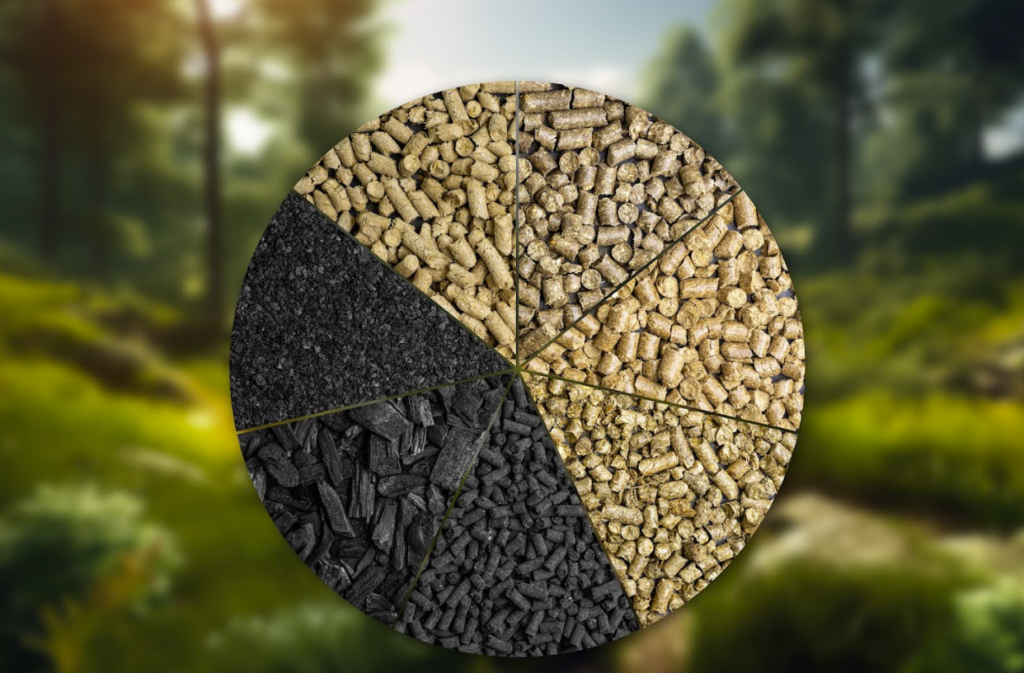
Our plant
for your organic residues
We develop and manage the entire construction project of the carbonisation plant and operate it after completion.

Our plant for your organic residues
A feasibility study is conducted before the construction process starts. Ideally, our plant can be fit in to existing structures at the production site. This allows to connect the streams of organic waste directly to the plant. The recycling process can thereby be integrated on site.

Recycling green energy
Renewable energy is generated as a by-product of biochar. It can be fed into customers’ local production processes either as process steam or as cooling, heating or electricity.
Find out more

Product:
Biochar
The biochar obtained is always fully utilised. It can be used in the value chain as required. Alternatively, Circular Carbon can remarket the biochar products.
Find out more
Do you have any questions?
We are looking forward to your message.















